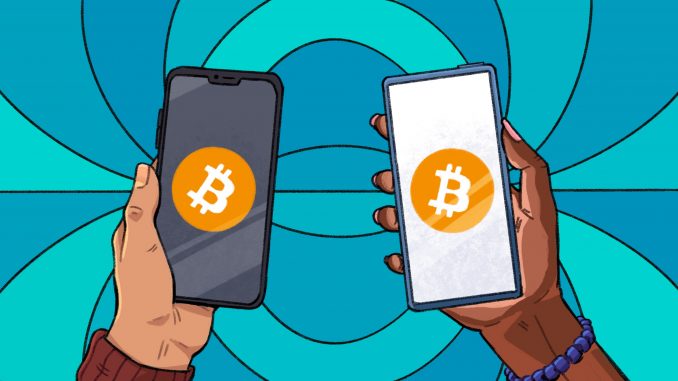The new digital financial service providers are falling on fertile ground in South America.
In recent years, a dense and powerful fintech and crypto scene has emerged that may yet make some European countries envious.
According to statistics from the Global Findex Database 2021, 20% of the world’s population still lives without a bank account.
You can see big differences depending on which part of the world you look at.

While in Germany, almost 100% of people aged 15 and over have a bank account, in South Sudan, the figure is just over 5%.
Access to financial resources is a basic prerequisite for active participation in the economic and labor market.
This is precisely where startups in fintech come in.
THE CRYPTO MARKET IS PRESENT BUT WITH A LOT OF ROOM TO GROW
The use of cryptocurrencies has established itself in several areas worldwide.
First and foremost, on the trading platforms, profits or losses are made by buying and selling.
There are the most diverse trading platforms.
You can now even automate all transactions with a crypto bot.
This is not only something for the experts.
Even beginners can make their first attempts with cryptocurrencies such as Bitcoin, Litecoin, and Co. with small investments.
Inflation and economic instability are moving more and more South Americans to think about using cryptocurrency as an alternative.
People are used to highly fluctuating values in countries like Venezuela or Argentina, which are currently struggling with quite high inflation rates.
El Salvador is the only country that has adopted Bitcoin as its official currency.
Many see this as an advantage.
However, many inhabitants of the small state have not yet been able to benefit from the advantages or see the exchange rate fluctuations as a problem to living safely.
The government has had to and continues to face harsh criticism for this step.
This comes primarily from the dominant power in America, the US, which sees the influence of the dollar waning.
The world is eager to see how Bukele, the incumbent president, can further integrate Bitcoin into the daily lives of the people of El Salvador.
YAPE AND PLIN DOMINATE THE PERUVIAN FINTECH MARKET
Another powerful trend in South America is open banking apps.
If we look at Peru, we can see that two apps dominate the market.
Modern apps, like Yape, can be activated without a bank account.
In other words, users can simply activate the app with their ID and cell phone numbers and immediately receive money and send it accordingly.
These fintech apps are particularly interesting because not everyone has a regular bank account.
This is true in Peru and the rest of the world, especially in various African countries.
The system is popular in the private sector, and many small businesses offer either Yape or Plin as a payment option.
Yape is managed by Banco de Crédito del Perú (BCP), the largest bank in Peru, and has been on the market since 2017.
It targets all users, with and without a traditional bank account.
Plin comes from the collaboration of BBVA Continental, Scotiabank, and Interbank.
However, the user must have an account with one of the three banks to carry out transactions with the digital wallet around the clock without fees.
The success of these two apps is undisputed, as public service providers such as telecommunications providers and electricity or water companies also offer consumers the apps for payments.
Municipal savings banks seem to have missed the boat.
Currently, 12 different municipal savings banks are trying to find a common denominator to compete with the two most popular apps.
This will be a difficult task, as Yape and Plin have a combined user base of almost 17 million.
FINTECHS REMAIN EXTREMELY INTERESTING
The fintech industry is far from peaking.
What sets startups in this space apart is the extreme agility with which cutting-edge technologies are integrated into applications.
This flexibility ensures that fintechs act faster and more efficiently, gaining a considerable advantage over traditional financial institutions.
Some advantages of fintechs should also interest people outside South America.
Digital open banking options offer very transparent solutions.
The lack of infrastructure, such as local branches, ensures that lower interest rates can be offered.
Customer trust is particularly high thanks to robust transparency.
Contactless payment by cell phone has exploded since the pandemic.
In emerging markets, in particular, many are opting directly for payment options via smartphone.
This fact is particularly interesting for the micro-business sector, which can carry out transactions between its own business and end customers more quickly and efficiently, as well as between business customers and suppliers.
The security aspect should not be forgotten with these technologies.
Both fiat currency fintechs and cryptocurrency payment solutions are equipped with cutting-edge security technologies that make it difficult for cybercriminals to strike.
Cryptocurrencies score exceptionally high here because they are based on blockchain technology, which has so far been free of manipulation.
NO END IN SIGHT
It is a matter of time before most people use at least one of the modern payment options.
Experts predict that the fintech market will grow by about 27% annually until 2026.
This means many more changes in the financial sector, not all of which can yet be foreseen.

